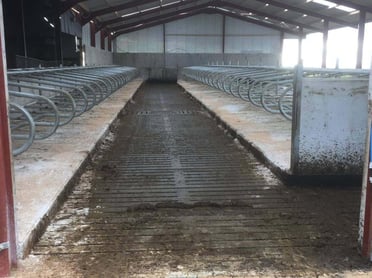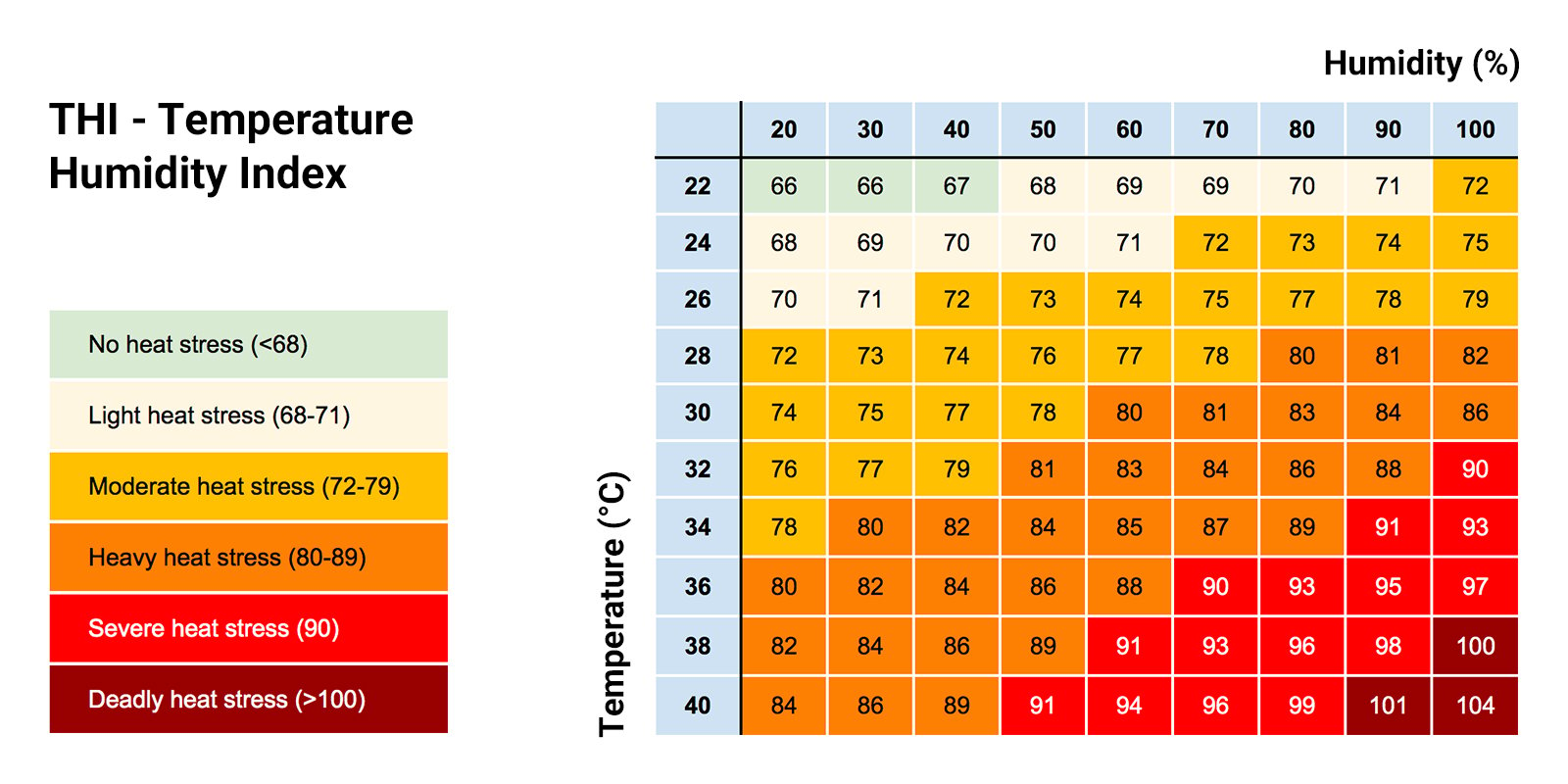I was travelling with a distributor rep in the south of Scotland visiting some prospect farms. We got a call from a local farmer who was concerned about Dry Matter intake (DMI) in his cows. It was a beautiful late spring morning and we were ahead of schedule for our next visit so we decided to make the detour past the farm in question.
Hello, I am veterinarian Dekker, nutritionist for dairy cows. I meet and visit many different farmers in different countries. Each with their own story, way of working, but always with the aim to take good care of their cows, but also to be sustainable and profitable. Some stories are inspiring and worth sharing! It is always nice to read how other colleagues in Europe develop and improve their company. In this article, I want to share the story of a farm in the south of Scotland that was concerned about dry matter (DMI) uptake in its cows.
En route we discussed all the normal things that depress DMI and what we expected to find:
When we arrived at the farm first impressions were good. Clean yard, plenty of well drained, dry concrete etc. The barn itself was of a modern open design with a totally open central feed passage. Each side of the barn had a double row of well-designed cubicles with plenty of room for all cows to feed at once, a wide crossover at one end (closed) and plenty of clean water troughs that were easy to access.

-1.jpg?width=372&name=Abkalbestall_Brokering_1%20(1)-1.jpg)
First points to note were that the feed hadn’t been pushed up in the last few hours but of more concern was the heat build up in the barn. Outside in the yard it was low 20’s but in the feed passage we noticed the heat difference ourselves. Walking the barn, it was clear some cows were struggling with a lot of cows lying flat in cubicles. A couple of cows visibly panting and clearly not wanting to or able to move. The difference between outside and inside was so stark we got THI monitor from the car and once it stabilised, we recorded temperatures between 28-30C inside the barn. Factor in the relatively high humidity in Scotland it was clear these cows were suffering severe heat stress.
A couple of factors made the situation worse. The feed passage was aligned north to south. The west side of the barn where most cows were struggling was catching the morning sun from the east and upon closer inspection it appeared that the space boarding was in fact all boarded up. There was very little air moving that day, but the lack of ventilation meant the heat was just building up with little escape. The distress in these cows was evident so we phoned the farmer to discuss our findings.
We pointed out that out THI readings were showing cows were in severe heat stress and a couple of cows were going to need immediate attention. We also discuss the closed-up space boarding and it turns out after complaints from his neighbours about noise and smell he took the decision to close the gaps.

Table 1: Temperature-Humidity Index to Check Probability of Heat Stress. Source: National Animal Diseases Information Services
The advice to the farmer was to immediately open up the space boarding again and open the crossover to allow cows to escape the direct sun. It was a real eye opener to discover severe heat stress in the south of Scotland not a common area you would expect these types of problems.
It was clear that in this case the farmers observation of decreased DMI was a direct result of the Heat stress impacts and upon further discussion it emerged he had also noticed a recent spike in SCC and a drop in yield. We discussed other impacts with the farmer, and he volunteered that he see a marked dip in cows holding to service in late spring since he closed the space boarding. When he realised that the issues he was experiencing were a direct results of some changes he had made and that some minor changes had a major impact on cow health and productivity he was annoyed but also relieved that the situation should be reversible.
Heat stress is a problem even in the U.K. and the signals can be subtle in the cow, but can have major consequences for production and efficiency. It is important to consider this as a factor in improving production and improving health. Check out our checklist to find out how prepared you are for heat stress. We can support and advise you, book a free heat stress assessment to see how we can help you.
Subscribe to our blog updates and receive new blog articles in your mailbox.
